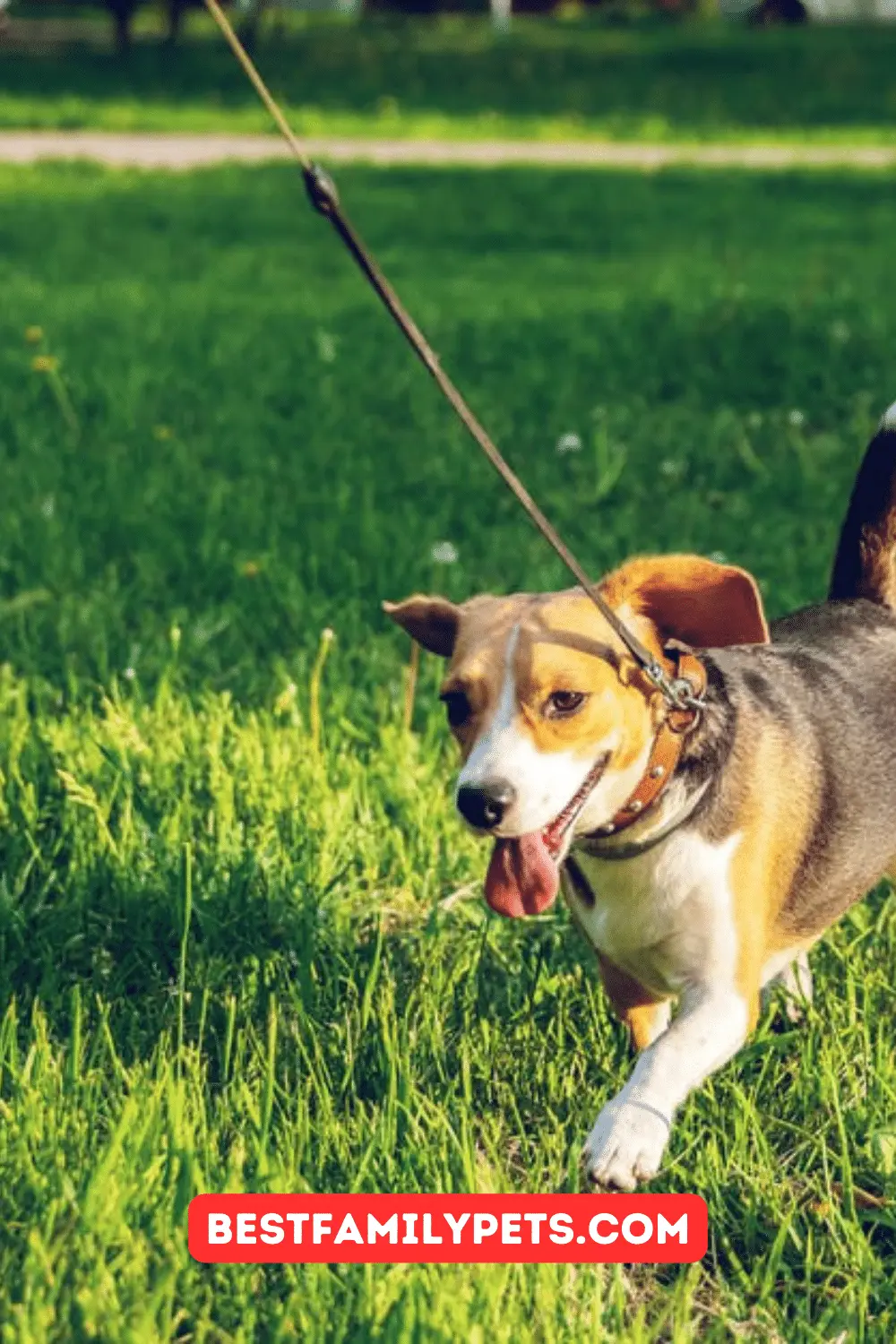11 Essential Dog Walking Tips for New Dog Owners
Did you know being a pet owner can benefit your mental and physical health? New puppy owners need to learn how to train their dogs to walk.
If you want to learn tips about walking a dog, we can help.
In this guide, we’ll go over areas to walk your dog.
Want to learn more? Keep reading.
1. Try Using a Harness
A lot of new dog owners will notice their dog pulling on the leash. Practice and training are essential, but so is the type of leash you choose.
Dogs tend to react bad if you tug them backward. They might pull even more after you tug them back.
A leash and a front clip harness are top recommendations. Your dog will get pulled from the front, and your pet won’t be able to fight it.
2. Don’t Pick the Wrong Leash
When you shop around for a leash, make sure you don’t choose a retractable leash. Retractable leashes will cause hazards you could avoid with a traditional leash.
The length of retractable leashes makes it hard for you to control your pet. If you live in a busy area, you want to make sure you can maintain control.
Dogs on a retractable leash will have an easy time running into the road. Also, there are locks on some of these leashes, but they can stop working with a lot of pressure.
People also end up getting injured when using a retractable leash. If you grab onto the leash when your dog is moving, you could hurt your hand. Also, if a dog reaches the end of its leash and jerks, you could fall over.
Pick up a traditional leash instead.
3. How Far Should You Walk a Puppy?
Do you plan to get a puppy? You will need to figure out how far you can walk it. Puppies aren’t able to walk a super far distance.
A lot of new owners don’t realize a puppy can’t walk far. 20 minutes of walking should be the maximum amount of time you walk.
The walking time can increase as your puppy ages.
4. Train Your Puppy
You should begin to train your dog during walks. Your dog will get a chance to meet other dogs, see other people, and experience the outdoors.
Make sure you train them on basic good behavior. Be firm with them and use positive reinforcement.
Also, watch your puppy with children. Kids love puppies, but you don’t know how your new pet will react to a lot of attention.
5. What’s Your Routine?
Your dog will take some time to get used to walking. Try to stick to a similar routine. Bring them for a walk to the same place and around the same time each day.
Your dog will begin to understand what’s expected of them.
6. What About Treat Time?
You’ll want to teach your dog how to behave in public. You’ll need to figure out how to reward your pet as well.
Dogs tend to listen to their owners if they have a treat in their hands. Make sure you give your pet a treat after they do something right.
Don’t give your pet a treat to calm them down. Otherwise, you’ll reinforce poor behavior.
7. What’s Your Dog’s Breed?
As your pet ages, you’ll learn more about how long they should get walked and the exercise they need. Your dog’s breed will determine these things.
Some mixes and breeds are happy with a few short walks. Other breeds love to go for a long run.
8. What Should You Bring?
You might not know what to bring when you’re at the park. There are a few items you should carry.
Make sure you bring poop bags so you can clean up after your dog. You will avoid fines and disgruntled neighbors. Look into getting a poop bag holder.
Don’t forget to bring water as well. Pick up a couple of toys as well, so your dog can run around.
9. What About a Dog Walker?
Some owners will need to hire a dog walker. You might prefer to walk your dog, but at times, life gets busy.
A lot of dogs need long walks or regular exercise. If you can’t do this all the time, research local professional dog walkers.
Dog walkers will also help with dog training. They tend to follow strict dog walking guidelines.
10. Be Aware of Your Surroundings
When you’re on your walk, make sure you stay aware of your surroundings.
The cold and heat can affect your pets, and some breeds are more susceptible than others.
You could pick up a jacket for your dog to wear. Make sure the tarmac isn’t too hot for their paws in the summer.
11. Pick Up a Dog ID Tag
Consider getting your dog microchipped. This way, if your pet gets lost or wanders away, you can use the microchip information to find them.
You should also put a collar on your pet with your number.
Use These Dog Walking Tips
We hope these dog walking tips were helpful. Now that you know more about walking your dog start creating a walking schedule today.
If you have a puppy, don’t walk them more than 20 minutes a day. You should try and teach them good walking behavior and reward them with a treat.
Are you looking for more tips on pets? Check out our resources on pets and animals.


